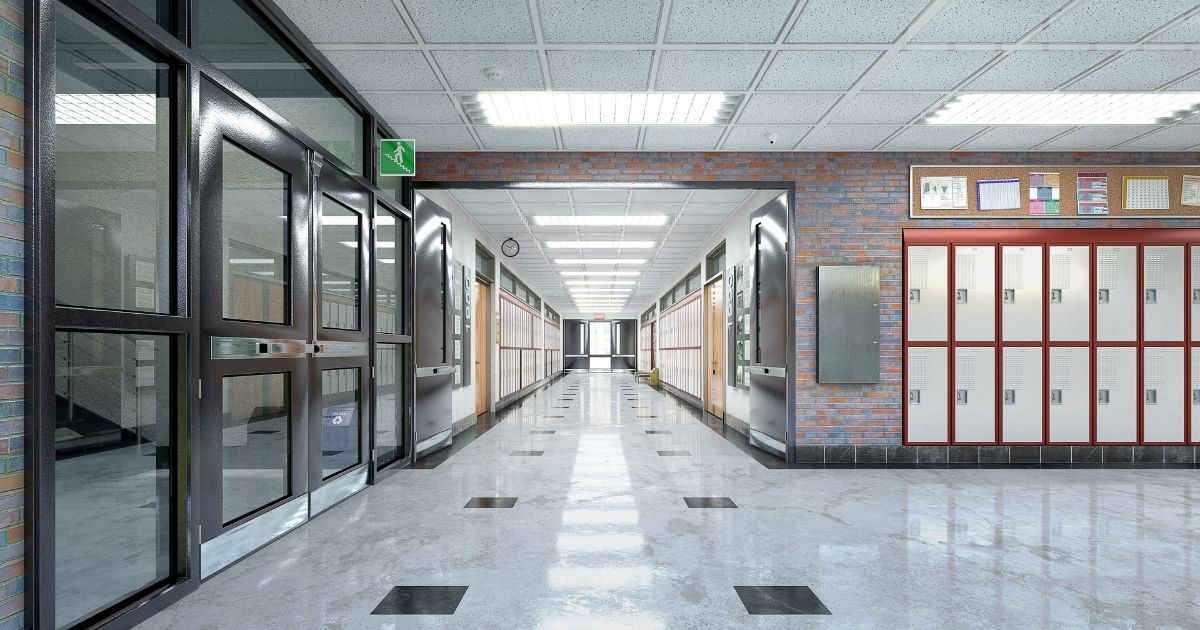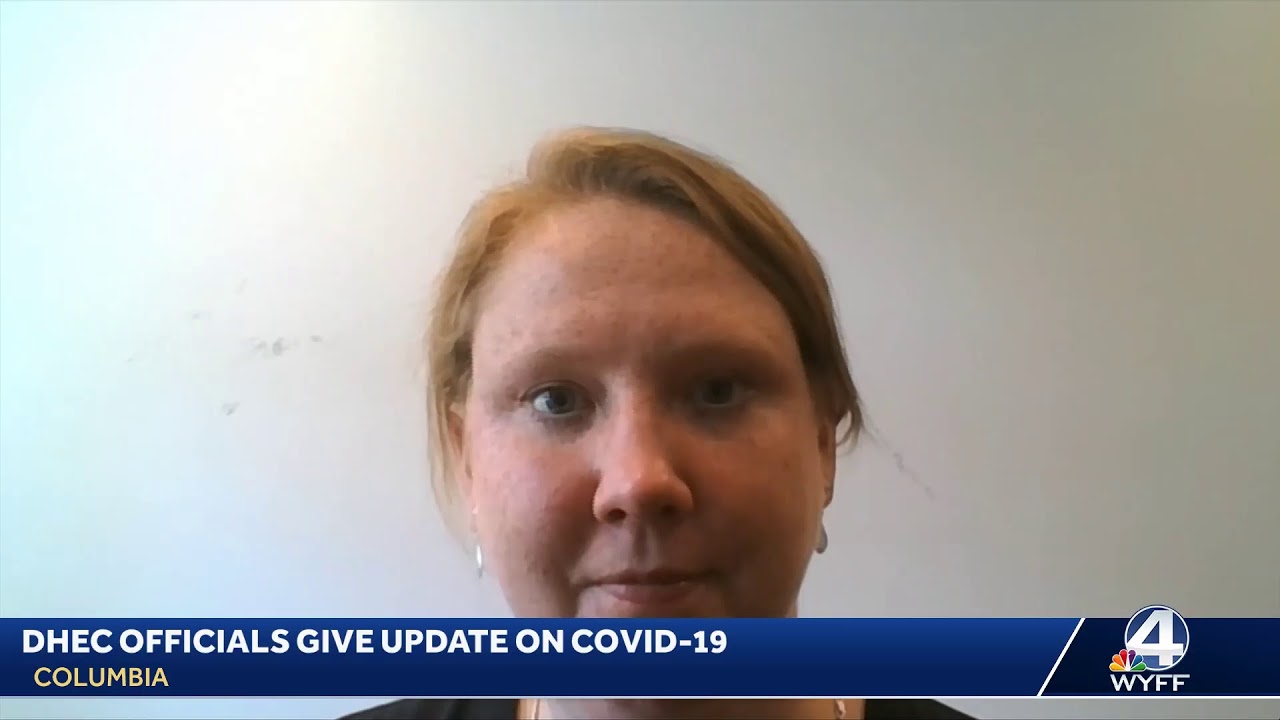Greenville-based entrepreneur Justin Draplin is in the business of challenging misconceptions.
As the creator of the tiny home community Creek Walk in Travelers Rest, he’s well aware of what most people think when they hear the words “tiny home.”
“The biggest thing that comes to mind is what people have seen on HGTV, which is essentially very cramped homes, people sleeping in lofts, quirky things like someone having their toilet in the shower, for instance,” Draplin said. “What we’re working toward is normalizing it — to let people know it’s really not as strange as they make it seem on TV.”
“So yes, you can have a normal-sized shower and bathroom,” he added.
Homeowners can choose to go off-grid entirely or connect into a power grid to possibly even gain money selling unused energy generated from the solar roofs
Far more ambitious than building small homes with normal-sized showers, however, is Draplin’s goal to create net-positive tiny homes through his new initiative Tiny Box House, which will generate far more energy than they consume.
“It’s the way we’re going as a society as we care more and more about how we affect our surroundings,” Draplin said. “We spent a lot of time exploring the technology and coming up with new ways to build.”
But tiny homes are only the beginning for Draplin, a way to jump-start an endeavor that he hopes will disrupt the entire home construction market.

Start small
The concept of “tiny homes” is fairly self-explanatory. They are, for lack of a more complex description, homes that are relatively tiny by the standard of a typical house — 400 square feet or less, to be specific.
The demand for typical tiny homes is already on a gradual but consistent incline, with the global tiny homes market expected to grow at a rate of 7% between now and 2028, according to Data Bridge Market Research.
With Creek Walk, Draplin did not set out to create a community deliberately geared around tiny homes. Rather, the land served as the key inspiration.
“I fell in love with the land first,” Draplin said. “But it was difficult because it was 24 acres of very unique topography, and just by divine providence, the concept just kind of made itself clear it me.”
Creek Walk has just opened its second phase of home ownership options, with home prices starting at around $80,000. But for Draplin, the benefit of entering the tiny home marketplace without any strong notions as to what a tiny home should or should not be is now proving to be his greatest asset.
If there is no limit to what a tiny home can be, what does that look like?
He’s answering that question with his new net-positive tiny home venture, a company that aims to go all-in on next generation technology.

That technology includes roofs made entirely of solar shingle systems, smart LED lighting, 99% energy efficient Ohmic water heaters and off-grid options like rainwater filtration and timing and incarnating toilets.
“But the biggest thing is the shell,” Draplin said.
Unlike traditional “stick-built homes,” the walls of Draplin’s net-positive tiny homes are made of steel and structurally supportive foam, which are both stronger than typical frame-built homes and have a much higher insulation factor. The homes are also fireproof and insect-proof, meaning the risk of house fires or destructive elements like termites are essentially a thing of the past.
Homeowners can choose to go off-grid entirely or connect into a power grid to possibly even gain money selling unused energy generated from the solar roofs.
“You could write a whole book just on the benefits of the construction,” Draplin said.

Fully committed
Draplin has already received more than 400 pre-orders for his new net-positive homes, and he is currently searching for a production facility, ideally one in the Upstate.
But his early success begs the question: If homes built in such a way are so much more beneficial, why aren’t they common already?
Draplin points to electric cars for a comparison. The first electric vehicle was invented in the 1880s, but the industry opted for a combustion engine model that was more easy to produce with long-range capabilities. With no incentive to innovate, the technology languished.
While other manufactures dabbled in electric vehicles over the decades, it wasn’t until Tesla went all-in on on electric that the company was able to scale the product. Now with electric vehicles becoming more of a society norm, other manufactures are trying to catch up.
“That’s what we’re doing,” Draplin said. “We’re 100% committing to sustainable technology.”
While tiny homes are just the start, Draplin plans to expand down the line and enter into more typical home construction. Time will prove out, but he says he is confident he’ll be able to build better homes than traditional homes and will do so at a lower price point, a product that he says will be “twice as good and sold at or below cost.”
“We’re changing the world, and some people are realizing that, while other people are looking at us like, ‘I don’t get it.’ And that’s OK with me,” Draplin said. “I’d rather people not get it yet, because all that does is give us a longer runway.”
The post Local entrepreneur Justin Draplin is reinventing tiny homes with net-positive energy technology appeared first on UPSTATE BUSINESS JOURNAL.











